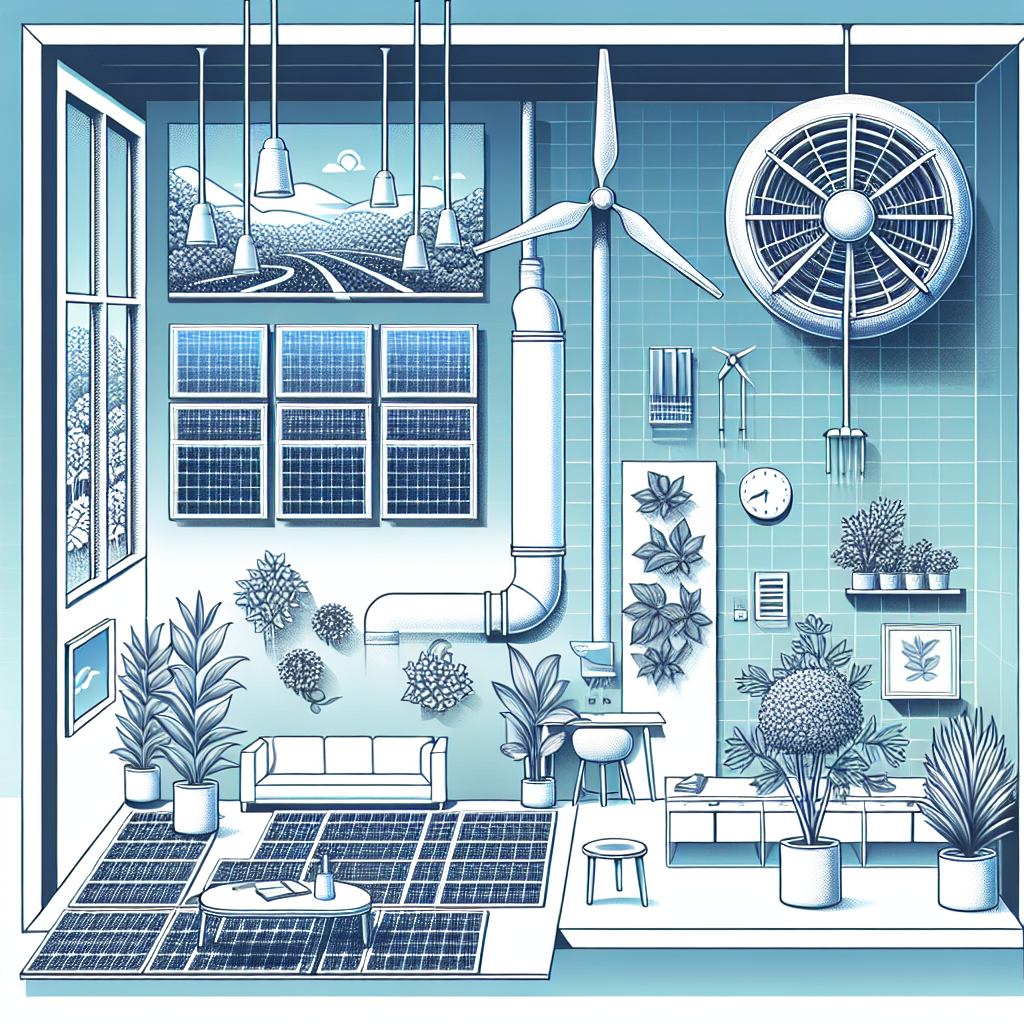Creating a Sustainable and Eco-Friendly Ventilation System for Your Space
In today’s world, sustainability and environmental consciousness have become increasingly important considerations in every aspect of our lives, including the way we design and maintain our living and working spaces. One area where sustainability can make a significant impact is in the ventilation system of a building. By creating a sustainable and eco-friendly ventilation system, not only can you reduce your environmental footprint, but you can also improve the air quality and overall comfort of your space.
Here are some tips for creating a sustainable and eco-friendly ventilation system for your space:
1. Use Natural Ventilation: One of the simplest and most effective ways to create a sustainable ventilation system is to take advantage of natural ventilation. This can be achieved by strategically placing windows, doors, and vents to allow for cross-ventilation and the flow of fresh air throughout the space. By using natural ventilation, you can reduce the need for mechanical ventilation systems, which in turn reduces energy consumption and carbon emissions.
2. Install Energy-Efficient Ventilation Systems: If natural ventilation alone is not sufficient for your space, consider installing energy-efficient ventilation systems. Look for systems that are designed to minimize energy consumption, such as those with variable speed motors or heat recovery capabilities. By choosing energy-efficient ventilation systems, you can reduce your energy bills and minimize your environmental impact.
3. Use Sustainable Materials: When designing or upgrading your ventilation system, consider using sustainable materials such as bamboo, recycled metal, or reclaimed wood. These materials are not only eco-friendly but also have a lower carbon footprint compared to traditional materials. By choosing sustainable materials, you can further reduce the environmental impact of your ventilation system.
4. Maintain Your System Regularly: To ensure that your ventilation system remains sustainable and eco-friendly, it is important to maintain it regularly. This includes cleaning or replacing air filters, checking for leaks or blockages, and ensuring that the system is functioning efficiently. By keeping your ventilation system well-maintained, you can prolong its lifespan and reduce the need for repairs or replacements, ultimately saving resources and reducing waste.
5. Consider Smart Ventilation Solutions: In addition to energy-efficient ventilation systems, consider incorporating smart ventilation solutions into your space. These solutions use sensors and automation to optimize the flow of air based on factors such as occupancy, temperature, and humidity. By using smart ventilation solutions, you can further reduce energy consumption and improve indoor air quality.
In conclusion, creating a sustainable and eco-friendly ventilation system for your space is not only beneficial for the environment but also for your health and well-being. By using natural ventilation, energy-efficient systems, sustainable materials, regular maintenance, and smart solutions, you can reduce your environmental footprint and create a healthier and more comfortable living or working environment. So, why not take the initiative to make your space more sustainable today?


Leave a Reply